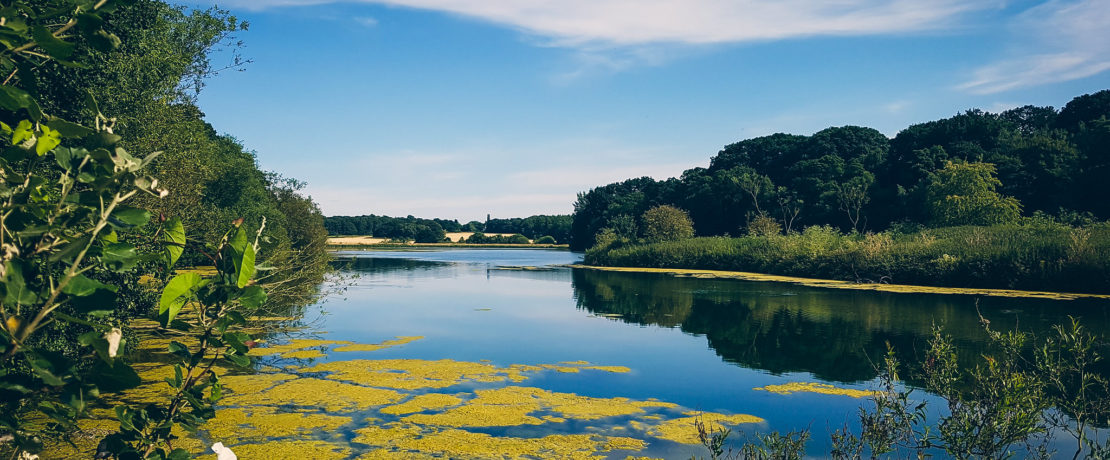The Dukeries
The Dukeries is an area of Nottinghamshire so called because it contained four ducal seats. It is south of Worksop, which has been called its “gateway”. The area was included within the ancient Sherwood Forest.
The ducal seats were:
- Clumber House: seat of the Dukes of Newcastle, since demolished
- Welbeck Abbey: seat of the Dukes of Portland
- Thoresby Hall: seat of the Dukes of Kingston (later of the Earls Manvers)
- Worksop Manor: a home of the Dukes of Norfolk, and nearest to Worksop
Clumber Park
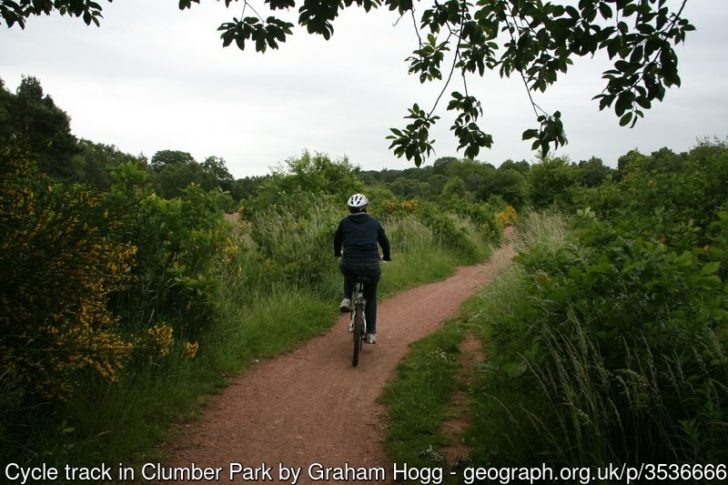
Clumber Park (the site of the former mansion), a National Trust property, is over 3,800 acres in extent, including woods, open heath and rolling farmland. It contains the longest double avenue of lime trees in Europe, extending for more than two miles (4km).
Within the Park is a serpentine lake covering 87 acres (352,000 m²) extending to 2 km
There is vehicle access for the areas that are open to the public. Close to the main parking area is a cricket pitch with a thatched roof pavilion in the style of a cottage clad in rustic split logs. Along the roadside are large open areas to park and picnic. The Park is used by walkers and has several miles of paths and cycle tracks surrounding the lake. The visitor centre is in an old stable block, part of which houses a display on the history of the park, a shop and restaurant.
In 1981 an area of 526.59 hectares (1301.20 acres) was designated an SSSI. A wide variety of species-rich habitats surround the former mansion, including the lake and wetlands, grassland and heath, and mature deciduous woodland. The mature trees and dead and decaying ancient trees provide great habitats for beetles. There are breeding birds of woods and heath including nightjar, woodlark, redstart, hawfinch, water rail and gadwall. Ancient breeds of English Longhorn cattle and Jacob sheep have been introduced to pastures surrounding the lake as part of the process for managing the grassland habitats while safeguarding rare livestock breeds.
Welbeck
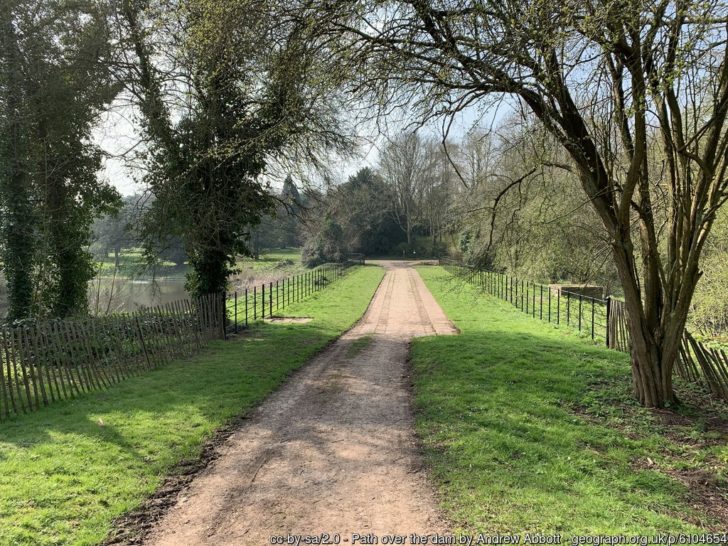
The Welbeck Estate in Sherwood Forest extends to some 15,000 acres, straddling the borders of Nottinghamshire and Derbyshire. Welbeck Abbey, within the heart of the estate, still stands and is privately owned by the Estate company. You can find out more about Welbeck’s history by visiting The Portland Collection Museum (entry free of charge) within the Courtyard or by joining one of Welbeck Abbey State Room chargeable pre-booked Tours, which take place each summer. Only small parts of the Welbeck Abbey Estate are open to the public which is a pity as it is an impressive place. You can visit the garden centre in the old walled gardens and the Harley Gallery. There is a bridleway that takes you across the lakes and along the side of one of the famous tunnels.
Thoresby Hall
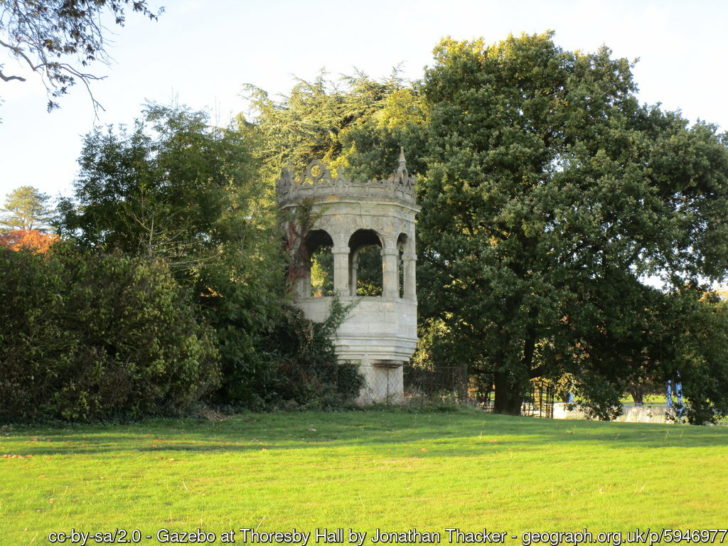
Thoresby Hall is a grade I listed 19th-century country house in Budby, Nottinghamshire, some 2 miles (4 km) north of Ollerton. Unfortunately, the Hall is not open to the public as it is now a hotel run by Warner Leisure Hotels. However, The Queen’s Royal Lancers and Nottinghamshire Yeomanry Museum occupies part of the courtyard which is now open to the public as a retail space. Moreover, there are permissive paths around the estate that the public can use for walks.
Worksop Manor
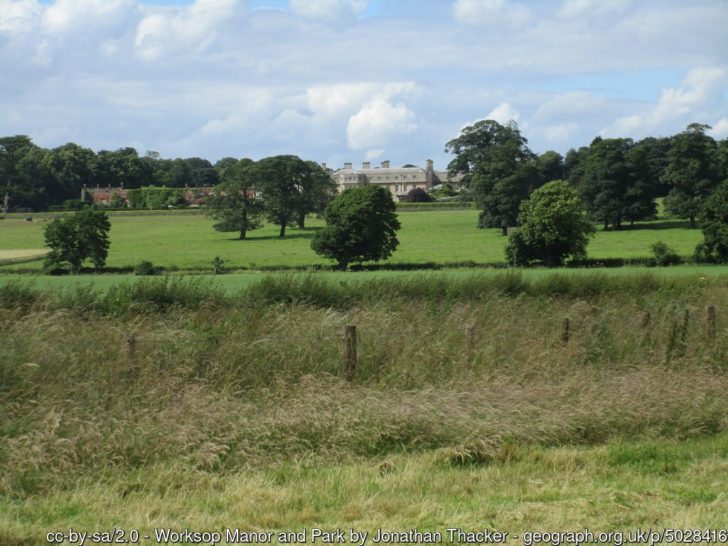
Worksop Manor is a Grade I listed 18th-century country house in Bassetlaw. Worksop Manor might have been described as the finest of the four houses, but it was, and remains, the most secretive of estates. Guarded from public view, it strives to avoid publicity, the house remains in private ownership and continues to be the home to the Worksop Manor Stud.
